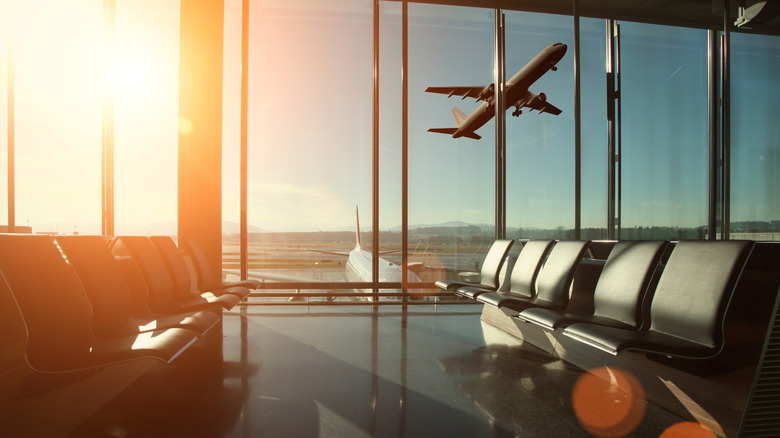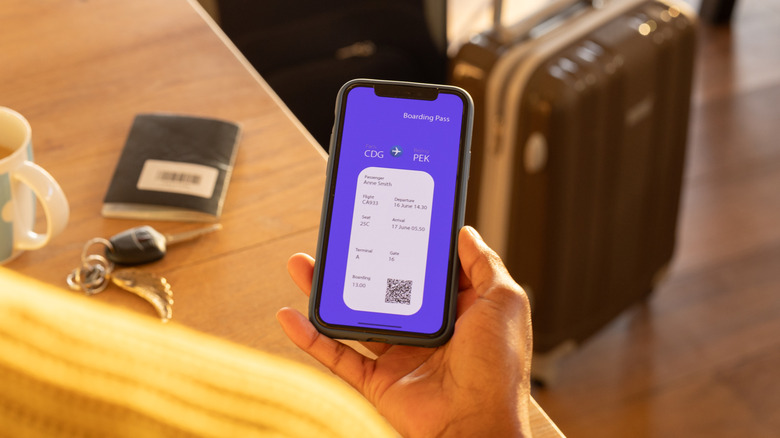Which Is More Affordable: Smaller Or Larger Airports? Here's What The Data Says
As the cost of airfare continues to increase, saving money on travel often means being strategic when booking. There are plenty of hacks to fly for far less than you ever thought possible, but sometimes, you don't want to jump through hoops to get the best price. Rather than deciding between affordable flights with lots of layovers and the best day and time to fly for a stress-free trip, consider if traveling through smaller airports would be more affordable.
Although major hubs have more flight connections and airport amenities, avoiding airports like Atlanta's Hartsfield-Jackson International (the world's busiest airport) can help minimize travel costs and chaos. According to FinanceBuzz's study of domestic flight data from the 45 busiest airports in America, Washington Dulles International Airport in Virginia takes the top spot for the priciest. Not only is this a major hub for United Airlines, but its close location to the Washington, D.C., metropolitan area and impressive airport lounges contribute to high ticket prices. Instead, consider opting for a smaller airport that is still well-connected to an urban center.
How smaller airports can be more affordable
For travelers who prefer an optimal passenger experience and affordable flights, it's best to travel through smaller airports near major metropolitan areas. While you might have to travel a little farther to reach these gems, the reduced crowds and more affordable prices are worth it. For example, FinanceBuzz puts San Francisco International Airport in second place as the most expensive airport. Instead, Bay Area travelers can drive 30 minutes across the Bay Bridge to Oakland International Airport, one of the least expensive airports, possibly saving over $100 on domestic flights.
However, smaller airports that are more isolated can be more expensive. Take, for instance, the Frederick Douglass Greater Rochester International Airport in New York, one of the best small airports in America. It's so tiny that you won't ever have to worry about bottlenecking lines at airport security, but prices might be more expensive here than at the larger Buffalo Niagara International Airport, an hour's drive away.
Some destinations only have one airport, so reducing ticket costs may not be possible without a road trip from a larger hub. Since smaller airports have fewer airlines, there's less competition to help regulate prices. While there is no hard rule that smaller airports are always more affordable, consider these details when booking your next flight.

